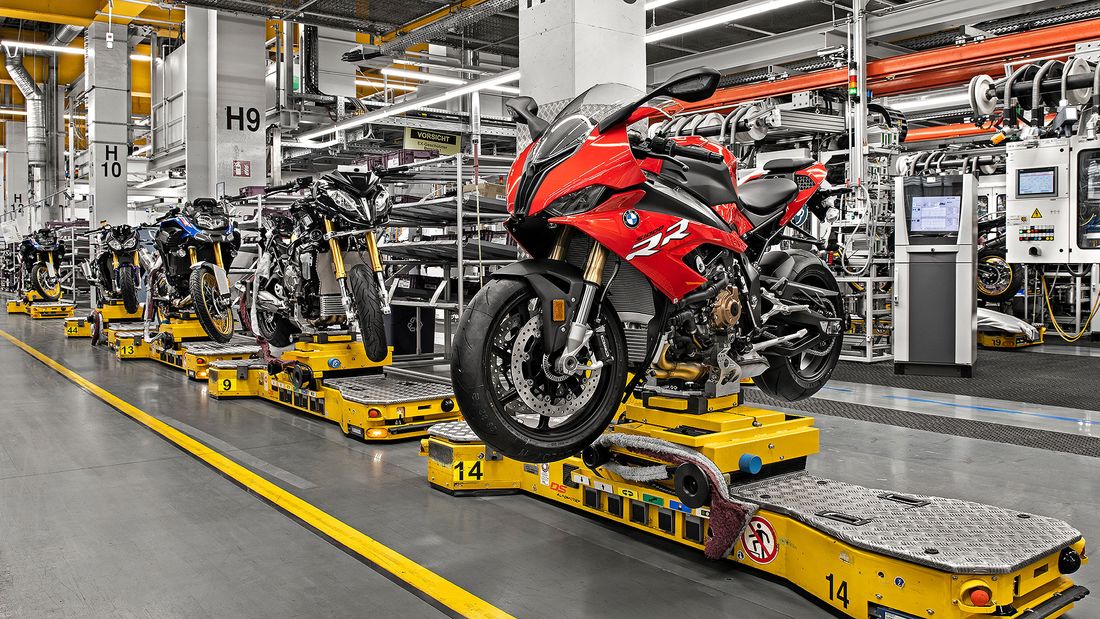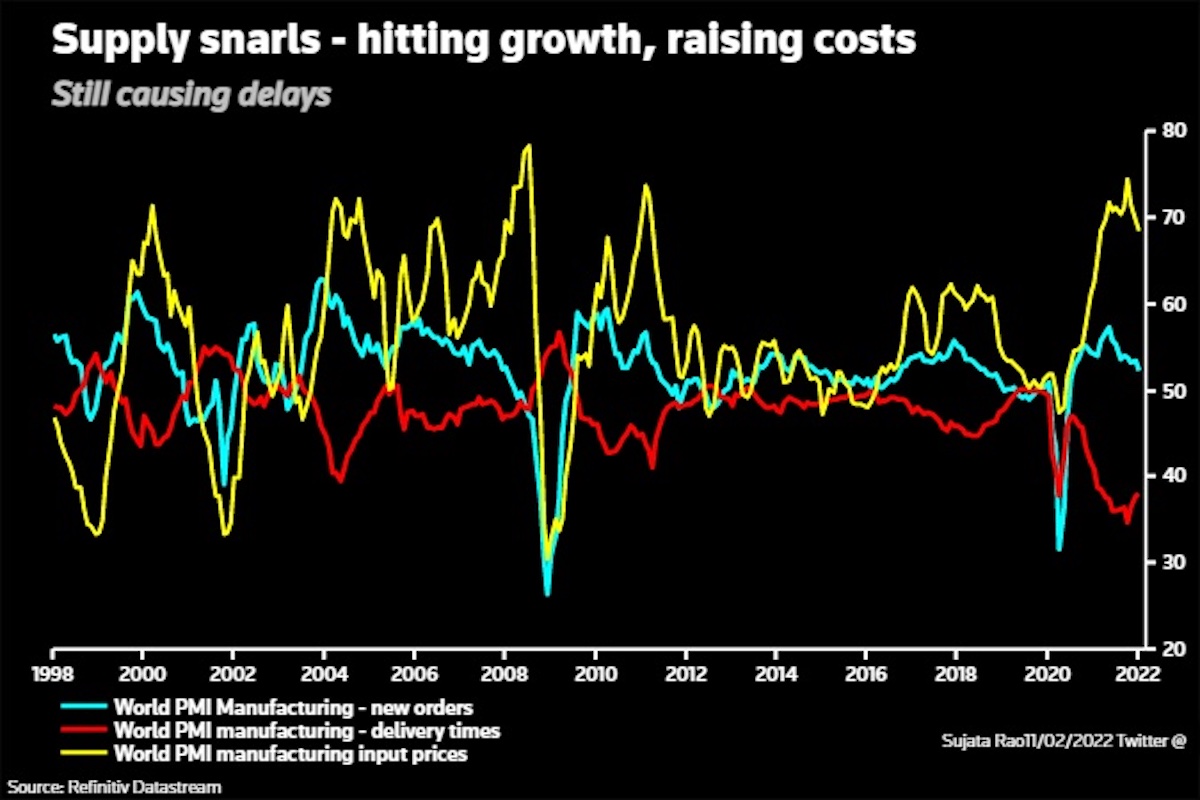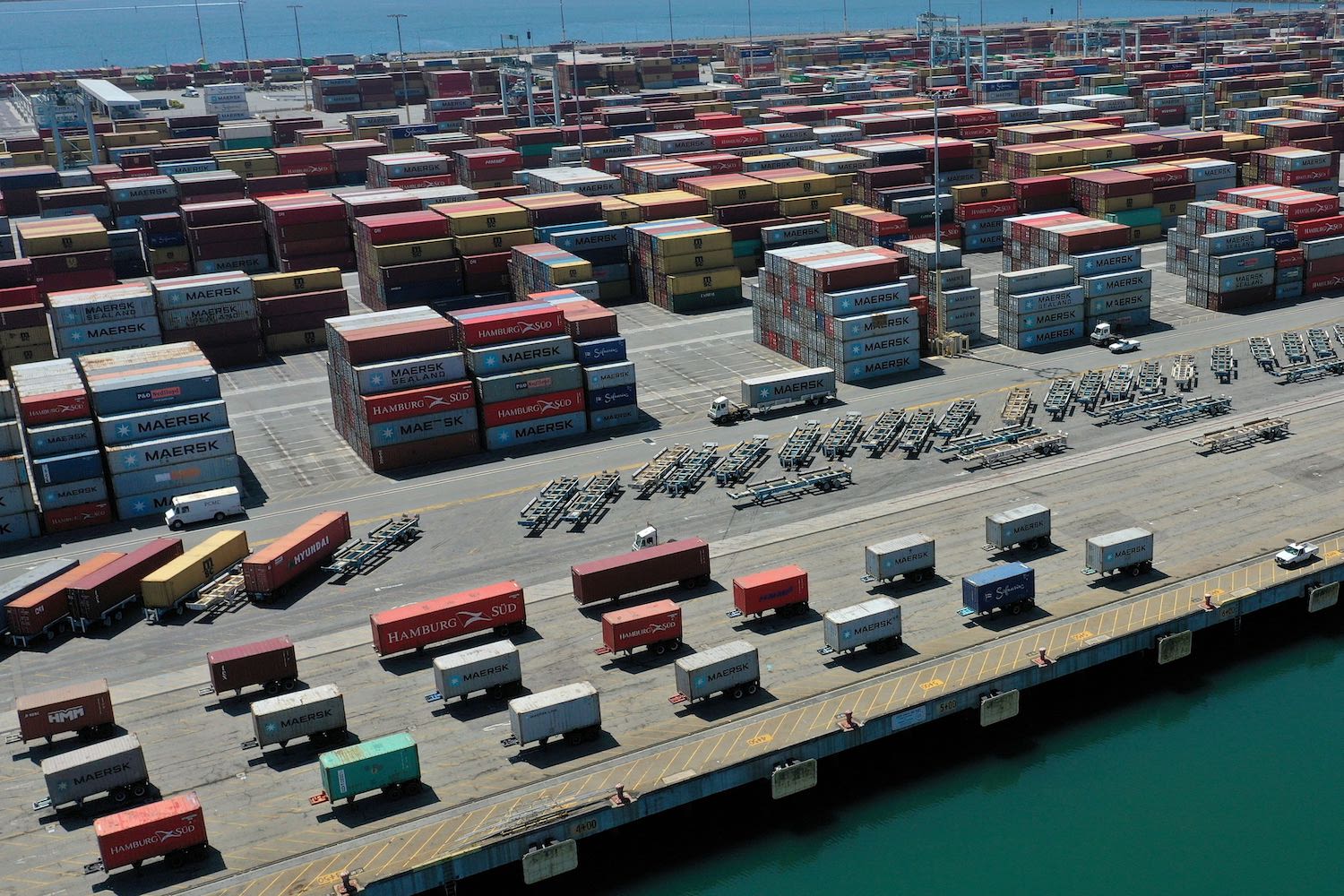With 2021 being the rollercoaster that it was, supply chains around the world have been hit with a crisis of limited product availability – but according to a recent series of analyses, that could all be on the mend…provided the trend upward stays steady.
“Starting in 2020, companies reacted to the economic downturn by cancelling production plans for the next year, only to be blindsided by an upswing in demand prompted by rapid vaccine rollouts and fiscal support for rich-world household spending,” explains a report from KitCo.
“At the same time, virus containment measures and infection clusters triggered labour shortages and factory shutdowns, just as consumer spending was shifting from services to goods.”
Right around this point was when the Powersports market saw an especially huge surge in sales; people had nowhere to go, so they bought bikes and other toys to have fun locally.
“Export-led economies like Germany have seen recovery choked by supply bottlenecks to their factories, while surging shipping costs have combined with higher fuel prices to push U.S. inflation to a four-decade high,” continues the report.
Today, restrictions are consistently looser than ever, thanks to the milder Omicron variants – and with the loosened limitations come a tentatively positive upswing for the market – an upswing that, if we’re lucky, will mean an end to supply shortages and the healing of damaged income streams, though the cost of materials will likely remain at a premium.
“At some point during this year, we will see a more ‘normal situation’,” says Soren Skou, head of shipping giant Maersk, who predicts employees will soon return to work at ports, inflating demand for shipment services and thereby contributing to the mending of at least one sector of the supply chain.
Sea-Intelligence CEO Alan Murphy agrees, but warns that “the market is showing no indication [yet] that we have started on the path to resolution.”
He adds that, “the current logjam [has] no precedent, but past experience suggested it would take 8-9 months for port and hinterland networks to recover.”
So what will it take for things to go back to ‘normal’ this year?
As evidenced by the reason behind today’s chip shortages, it’s likely that ‘normal’ – whenever it comes – will look a lot different (and a tad more pricey) than what it was pre-COVID; our current state is still vulnerable to hitches in the production stream, with members in the report keeping an eye out for things like “a worsening of bottlenecks [in the supply chain] if China’s zero-COVID policy – which has included sealing off entire cities – is deployed in full against local outbreaks of Omicron.”
All told, executives of Powersports manufacturers (with the spotlight focused on automotive) are anticipating a hike in raw product prices for 2022, though they mention that their current state should be able to absorb those costs, with brands like Harley-Davidson finding alternate solutions, stating “it was making do with a much more limited inventory by putting in place a reservation system for customers to order bikes.”
What do you think? Drop a comment below – we love hearing from you.
Be sure to also subscribe to our newsletter, where our main man Cameron Martel curates the best of the best for you, twice a week – and as always, stay safe on the twisties.








